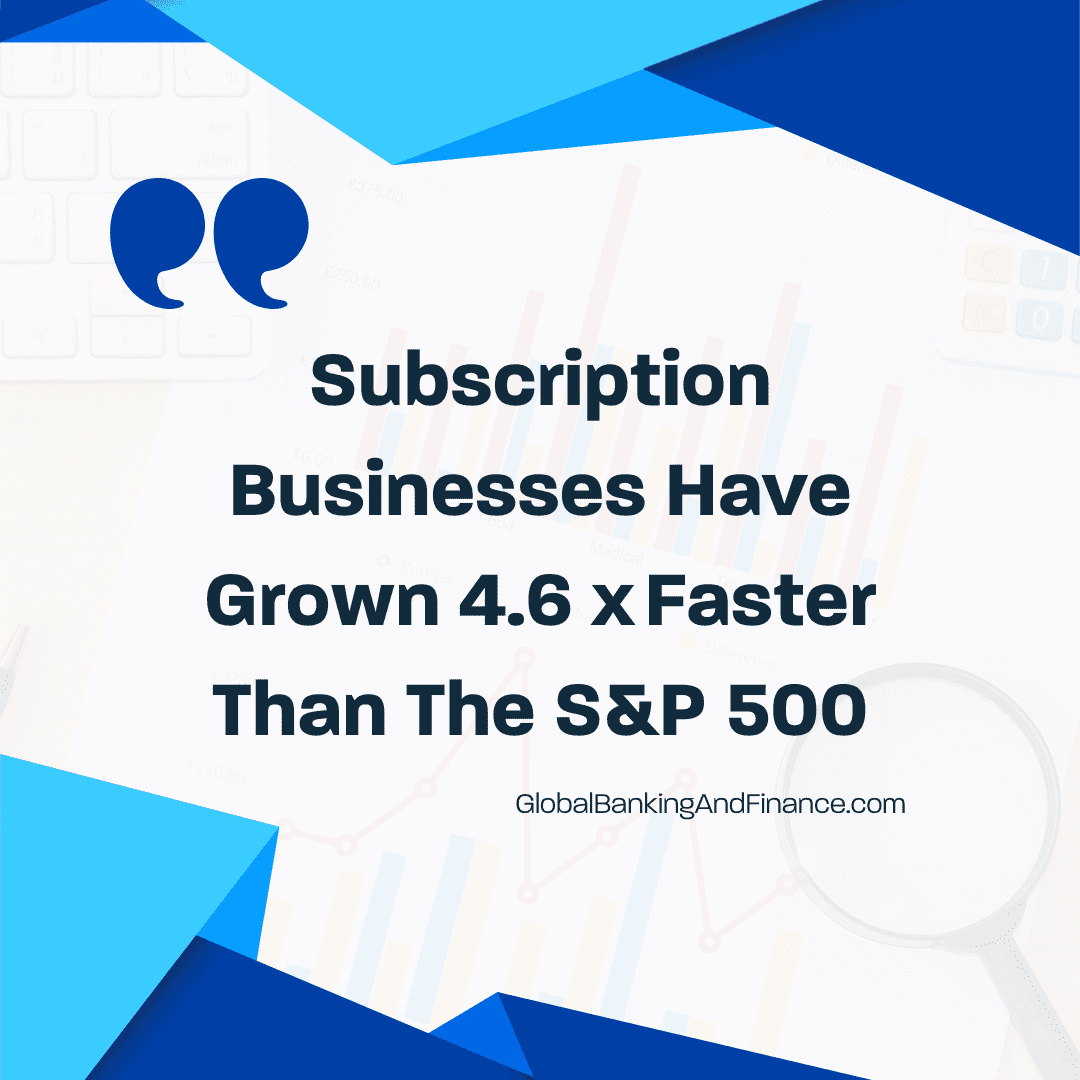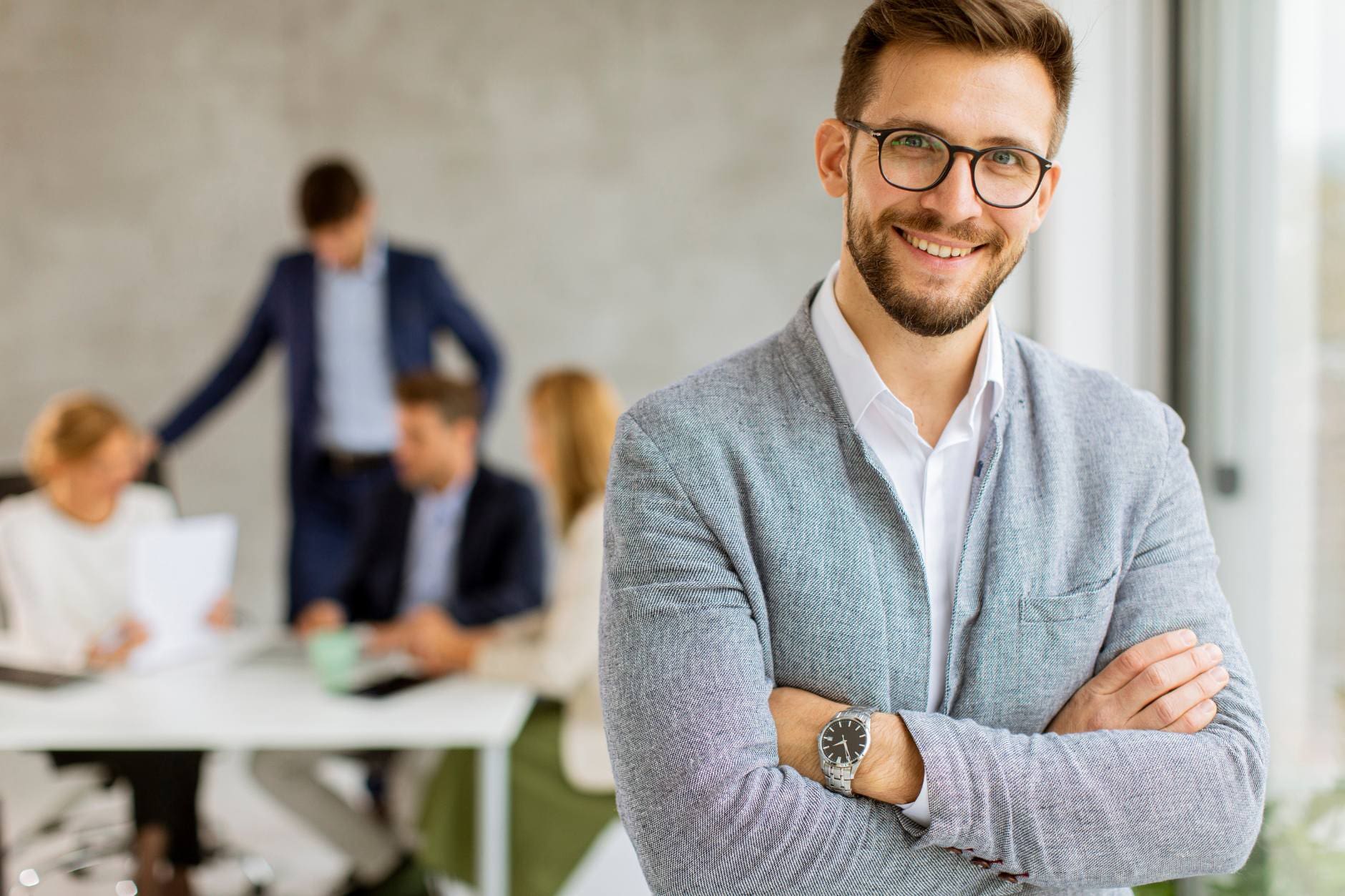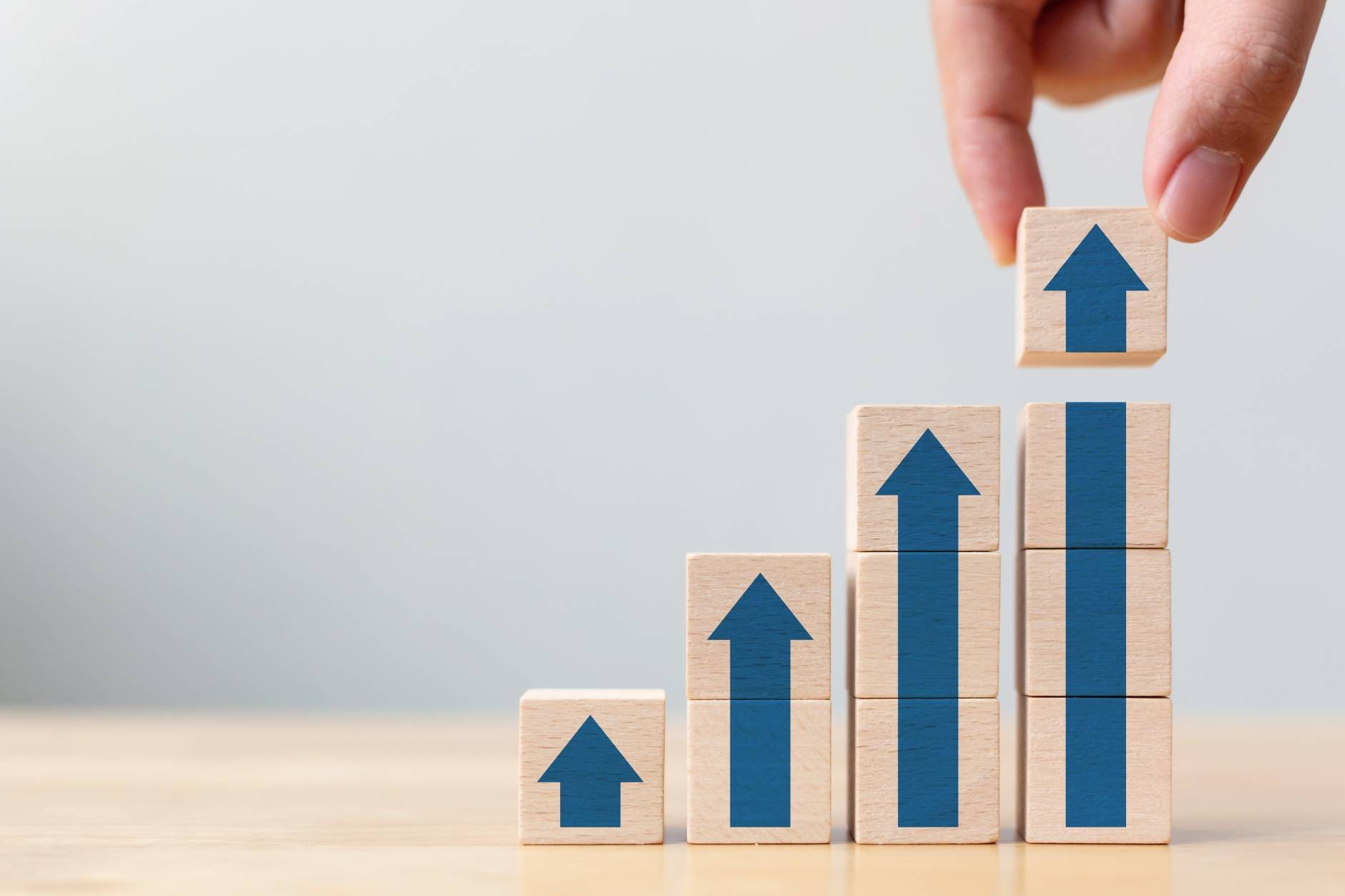Cultivating Success: A Comprehensive Guide to Subscription Management for SaaS CEOs and CFOs
In this guide:
- The Basics of Subscription Management
- Challenges in Subscription Management for SaaS
- Benefits of Efficient Subscription Management
- Subscription Management Best Practices
- Key Metrics for Subscription Management
- Integration of Subscription Management Tools
- Future Trends in Subscription Management
- What Bluefort Brings to the Table
So you’re the CEO or the CFO of a SaaS company. You’ve been doing it a while, and your company has a brilliant product offering. Your customer base is growing. Things look pretty sweet, but there’s one thing that’s driving you crazy.
A splinter in your finger.
A fly in the ointment.
It’s there, it’s annoying, and it’s not going anywhere.
Subscription management.
You might have winced at the thought of it. But in SaaS, it seems to be an inevitability. Though it can be tricky to sort out, when done right, subscriptions are a great way to bring in constant revenue.
As a CEO or CFO, it’s got too much potential to overlook.

At its core, subscription management is just managing the lifecycle of an ongoing relationship with a customer or supplier, including everything from choosing the best pricing models, setting up accurate and reliable billing cycles, and – gulp- minimizing customer churn.
But subscription management is nothing without an efficient framework because there’s no room for errors. The better you are at managing subscriptions, the more predictable your revenue, the more streamlined your operations, and the happier your customers.
So let’s do a deep dive into the world of subscription management and how it not only impacts your business but your role and performance as a leader in a SaaS company.
I. The Basics of Subscription Management
Before any problems can be solved, they must be understood. And like any kid who takes things apart knows, you have to break down those key components to see how it all works.
With subscription management, the key components are subscription models, billing cycles, and pricing strategies. These are the foundation because each of these elements plays a critical role in shaping your customers’ experience and your company’s financial health.
A. Key Types of SaaS Subscription Models
There are options when it comes to types of models, and some companies like to offer combinations. Whichever way you go, they are important because they lure customers in and keep them coming back for more.
There are three main SaaS subscription pricing models:
- Flat-rate Pricing: This is a fairly straight-up model – what you sign up for is exactly what you get. You charge a fixed price for your service, whether that’s mostly or annually. Though flat-rate is super easy, it doesn’t cater to different customer needs or varying usage levels.
- Usage-based Pricing: In this model, customers pay for your service according to how much or how little they use it. Though many customers prefer this because it’s both fair and flexible, it can lead to delays in billing and unpredictable revenue.
- Tiered Pricing: This is a complex model – you offer different pricing tiers based on the customer’s preferred features, usage, or number of users. Though this model is attractive to a lot of customers, it’s harder to manage.
Some SaaS companies experiment or research to see which pricing works best for their customers. Some offer all of them or a combination. Either way, it can take a little time to figure out what fits comfortably.
Next, let’s look at the components of subscription management.
B. Subscription Management Components
From setting the billing cycles to determining the right pricing strategy and managing the customer lifecycle, each of these is crucial to get right so that you keep subscriptions running smoothly and keep those customers pleased and coming back for more.
Billing Cycles
Billing cycles are key – they determine how often your subscription customers will be charged, whether weekly, monthly, quarterly, or annually.
Deciding which cycle is best really depends on your customers. Offering flexible billing cycles are mort likely to please more people and bring in more regular cash flow. Some customers prefer small and frequent payments, and some like whopping big chunks.
The drawback is that when you have to manage multiple billing cycles, it burdens your subscription management process. It also makes revenue forecasting more difficult because the timing and the amounts of revenue are always in flux.
Pricing Strategies
It goes without saying that pricing strategies are extremely important to everyone involved. Pricing reflects the value your products provide but take into account things like competitor offering and pricing, market leverage, brand strength, and your development and operational costs.
When a pricing strategy is well thought out, it’s a powerful tool to tempt and keep customers. And you can segment your pricing strategies to cater to your customer groups.
Of course, it can be hard to figure out which prices will work best. And experimenting can be costly and waste of time. You need a deep understanding of your customers, competitors, and the market, and this understanding can only come from hard data.
A lot is at stake – underpricing leaves money on the table, overpricing can send potential customers into the proverbial arms of your competition, and changing too fast is confusing and damaging to your reputation.
Customer Lifecycle Management

In the SaaS sphere, it’s far preferable to keep your customers than to try to gain new ones. That means a customer’s experience with your SaaS business must be consistently good and meet their needs. Otherwise, why would they stay?
Retaining customers through customer lifecycle management demands you oversee everything from sign-up to renewal. This includes things like:
- onboarding
- providing ongoing customer support when it’s needed
- handling upgrades or downgrades
- disputes and billing
- managing renewals
When customer lifecycle management is impactful, you can drive excellent customer satisfaction and retention. All that is required is a seamless onboarding experience, timely and effective support, and easy upgrades or downgrades (no pressure, right?).
But all this requires a lot of investment of time and resources. It also requires knowing your customers’ fluctuating needs, what they prefer, what they use, and their behaviours at every stage of the lifecycle.
These are the basics of what subscription management is.
Though subscriptions can be your company’s best friend, they also bring big challenges that must be negotiated.

II. Challenges in Subscription Management for SaaS
No matter how brilliant a CEO or CFO you are, managing subscriptions is no walk in the park. And you’re not just expected to navigate or eliminate these challenges, but to turn these problems into opportunities for growth.
Each of these challenges can seem overwhelming, but start combining them together, and you can have a bit of a mess that makes your job a lot harder (don’t worry, we’ve got some solutions later on!).
We work with a lot of subscription-based SaaS businesses, and these are the things that plagued them most:
Operations
There are a lot of plates to keep spinning in the subscription management cycle – from sales pitches all the way through to payment reconciliation and reporting. It takes up a lot of time and causes a lot of stress to keep up with. At worst, it can force you to be in damage-control mode, putting out fires and fixing mistakes. This can have a knock-on effect with other departments too.
Revenue Recognition Complexities
Consistently and completely recognizing revenue from subscriptions is a herculean task. You’ve got to know what you’re doing at all times with upfront payments, discounts, refunds, and cancellations, all while sticking to accounting best practices and standards.
Churn
Churn will always be a major concern for SaaS businesses. There is so much competition doing everything they can to lure your customers away. That’s why it’s crucial to strategize to cut churn down as much as possible and keep existing customers over a lifetime. Knowing your customer is key to this, but it’s an intensive research process with little room for error.
Forecasting and Reporting
Because so many subscriptions are recurring, and because churn can be so high, it can be very difficult to know where your revenue stands at any given time. This makes reports and forecasting needed for sound financial decisions nearly impossible.
Regulatory Compliance Concerns
Being on the wrong side of compliance can be an expensive nightmare that damages your reputation. But SaaS businesses have so many regulations to deal with across their business including data privacy, security, financial reporting, etc. Not only that, but regulations change, and they vary from region to region.
Scalability
All these problems are magnified the more you grow. Through time you’re handling a lot more complexity in managing multiple subscriptions, diverse pricing models, and varying billing cycles. And most likely you’re doing this on legacy systems.
It’s quite a list.
But these problems are not insurmountable. In fact, all of them are solvable. But for now, let’s have a look at everything you have to gain from an efficient subscription management system.

III. Benefits of Efficient Subscription Management
Though SaaS is complex and always in flux, there is one constant- the need for efficient subscription management. And when you get it right, it is worth it.
And when it’s effective, it’s more than just keeping track of who is subscribed to what and for how long. It’s about leveraging these subscriptions to drive growth and improve customer experience.
One of the best benefits of efficient subscription management is improved revenue visibility. Because, in a subscription model, revenue trickles in over time, making it hard to both track and predict.
When you’ve got an efficient subscription management system in place, you’ll get the clarity you need in recurring revenue, which is part of monitoring your financial health and making good future decisions.
Efficient subscription management isn’t just about numbers; it’s about people too. It can make your Customer Experience so much better because you can give both flexibility and convenience. They get accurate billing on time, clear communication, and choice. What customer would leave when they’re enjoying all this?
Efficient subscription management can also streamline financial operations. Billing is a four-letter word in the SaaS world with its pricing models, discounts, offers, new products, usage, and billing cycles on top. But the right efficient systems that specifically target the end-to-end, frees up financial resources and tightens up operations. That’s how you get optimized performance.
Lastly, efficient subscription management can offer regulatory compliance advantages. Though compliance can be a challenge, taking steps to tackle compliance benefits you. Providing robust security features, maintaining detailed records, and facilitating accurate reporting only strengthens your brand.
Of course, to reap these benefits demands a well-designed system that takes into account both your business needs and market conditions.
And that’s where the best practices come in.

IV. Subscription Management Best Practices
What are the best practices that can take you toward efficient subscription management?
Automated billing system
It’s a fact- manual billing processes are time-wasting, error-prone, and not scalable. But automation streamlines everything including your billing process. It cuts down on mistakes. It feels up valuable time for strategic tasks.
Subscription software that has been specifically built for this will handle all your tasks, from managing different pricing models and billing cycles to issuing invoices, tracking and processing payments, and reconciliation.
At its best, it can offer you complete revenue recognition and provide you with accurate revenue numbers at any hour of the day.
It can also automate renewals, preventing service interruptions and maintaining steady revenue flow. Moreover, subscription billing software can provide valuable insights into your billing data, helping you identify trends, spot issues, and make informed decisions.
Flexible Pricing Strategies
Adopting flexible pricing strategies is another great best practice. With all the competition out there, adopting flexible pricing strategies will give you a huge advantage. You’ll be able to meet diverse customer needs and preferences.
Your flexible pricing strategies can include any of the pricing models, and add to that usage-based billing, which caters to your customer segments wherever they are and whatever they need. One caveat- your pricing strategies (especially if they offer usage billing) will need resources to make sure billing stays accurate and on time.
Customer Retention Strategies
It’s important to do what you can to cut down on churn- it’s a crucial aspect of subscription management.
These strategies can include:
- personalized customer engagement
- offerings that meet their needs
- add-ons and cross-selling with their preferences in mind
- understanding your customers’ needs and preferences
- tailoring your communication
- servicing accordingly
It can also include proactive churn prevention, which involves identifying at-risk customers and taking steps to address their issues before they decide to leave.
But even at those optimum levels, these best practices are not a one-size-fits-all solution. You’ll have to tailor them to your business, market conditions, and customer needs.

V. Key Metrics for Subscription Management
Key Performance Indicators (KPIs) are a wonder. They give you a snapshot of where your financial health and growth stand, which gives you the knowledge you need to adjust to make things better.
So what are the metrics that will be most useful for you to know to guide your business strategies?
1. Monthly Recurring Revenue (MRR)
This is one of the most important. MRR is the predictable revenue that your company expects to receive every month, to measure the stability of the company’s revenue stream.
It’s calculated by multiplying the total number of paying customers by the average revenue per user (ARPU). When you know your MRR, you can track sales and churn over time, and make informed future-focused decisions.
2. Customer Lifetime Value (CLV)
CLV is the total revenue your business can expect from a customer throughout your relationship. CLV is calculated by multiplying the average purchase value, the average purchase frequency rate, and the average customer lifespan.
Improving CLV helps you plan your marketing and customer service efforts more efficiently so they can target high CLV segments to maximize your profitability.
3. Churn Rate
This is the rate at which customers leave your subscription service within a year-long period. It helps you gauge customer loyalty.
When you know your churn rate, you’ll be able to better spot problems with factors like your product quality, customer service, or pricing. It equips you to take proactive steps to stop churn, and serves as a progress monitor for customer retention and satisfaction.
4. Customer Acquisition Cost (CAC)
CAC provides insight into the cost associated with convincing a potential customer to buy a product or service. It includes costs spent on marketing and sales efforts divided by the number of customers acquired in the period the money was spent.
A high CAC can be a concern as it could mean lower profitability, especially if the CLV is not significantly higher. Companies should aim for a lower CAC, while simultaneously working on strategies to increase CLV, leading to increased profitability.
Understanding these key metrics is just the first step. You also need the right subscription management software to do the problem-solving for you.
But where to begin?

VI. Integration of Subscription Management Tools
It’s the integration of good subscription management tools that will make the biggest difference. These tools not only streamline your operations- but they also give you valuable insights that can push the growth of your business forward.
Selecting the Right Subscription Management Software
You might feel a little lost in picking the right software for you. Don’t worry, that’s common- after all, there’s a lot of choice out there!
There will be essential features that you need to look out for:
- automated invoicing and billing
- flexible pricing options
- free-flowing information between sales and financial teams
- revenue tracking
- a variety of payment gateway support
- customer management capabilities
- financial reporting and forecasting
- data and analytics
- awareness of compliance requirements
- robust data privacy
And it’s important to look out for software that is intuitive, easy to understand and operate by your team (and customers when applicable). And the software should provide great onboarding and customer service
Considerations for SaaS Businesses
For SaaS businesses have a special consideration to add on top: scalability. There’s no point in bringing in the bells and whistles if you still can’t keep up when you scale.
Good software can handle a growing base and more, complex transactions. t should also integrate seamlessly with your existing systems and customer support tools, providing a unified platform for managing all aspects of your subscription business.
Integration with Existing Systems
With some software platforms, it is possible to integrate into your existing systems like CRM and accounting, and customer service tools. But one thing is important here: when you’re after the best result, you need to give subscription management software the best foundation.
Choosing the best software for your system provides a more cohesive view of customer data. It also streamlines financial reporting and delivers the best customer service.
Integrating with Customer Relationship Management (CRM) software will let you consolidate your legacy data. This gives you a 360 degree view of the history of your customers, their behavior, preferences, segmentation, needs, and and interactions. This enables you to offer the personalised experience that customers love.
When the subscription management tool is compatible with your accounting software, you’ll get effortless financial reporting and tax management. You’ll get accurate insights into your company’s financial health and help in strategic decision-making.
Integrating your tools is an extremely impactful subscription management.
There’s one last thing to consider when thinking about choosing subscription management software: what’s coming up in the near future.
VII. Future Trends in Subscription Management
You’re in SaaS, so you have a crystal-clear understanding of how important it is to stay ahead of the curve with a forward-thinking approach to everything.
That means having a good idea of what lay ahead.
Let’s delve deeper into two big trends and how they will transform the future of subscription management.
A. Artificial Intelligence in Subscription Analytics
AI is poised to change everything in subscription management. Its ability to harvest, process and analyze vast amounts of data quickly and accurately opens up a whole world of possibility.
The more we know about customer behavior, the better we can predict trends, and tailor product development to target their needs. That makes investment ROI go through the roof.
But it’s not just helpful on the product side. One key area where AI stands out is in predicting customer churn. AI can look at behavior and usage, and flag up early warnings about customers who are likely to cancel their subscriptions.
This lets you proactively engage with them, bringing them back into the fold before they leave. That’s a lot easier than trying to tempt them back after they’ve signed up for your competition.
Furthermore, AI can also optimise your pricing strategies by analyzing factors like market trends, customer demand, and competitor pricing.
Finally, AI gives you segmentation on steroids. It can use a lot more data points to really narrow down those segments which means you can give people the most customised offerings and experience possible. Boom- that’s more engagement and conversion for you.
B. Personalized Subscription Experiences
Building on AI, personalisation deserves its own focus too.
Customers are extremely fickle. We know this because we’re customers too. We all understand how tempting it is to jump ship as soon as someone gives us a tempting offer- especially if we have no loyalty to the business we’re currently with.
And that fickleness has forced SaaS companies to personalise the customer experience as a way to emotionally engage with them and increase the likelihood of them staying. And this has resulted in the highest rate of customer expectation ever.
Personalization is rapidly becoming a non-negotiable element of any type of subscription. Customers want services that cater to their individual needs and preferences. And businesses can struggle to keep up without the right tools to offer things like:
- customized content and marketing
- tailored products
- pricing plans based on each subscriber’s usage patterns
- soliciting and using feedback
- personal data for recommendations
Businesses that offer a radically personalized experience will boost customer satisfaction and loyalty, improve retention rates, and increase their overall Customer Lifetime Value (CLV).

VIII. What Bluefort Brings to the Table
Bluefort has a globally proven end-to-end subscription management solution made specifically for your needs.
Streamlining processes and leveraging automation is at the heart of what we do.
It determines the best pricing models and spots the most effective upselling and cross-selling opportunities based on individual customer preferences and buying patterns.
From onboarding new subscribers to managing renewals and handling tier upgrades, we’ve automated and simplified these tasks for optimal efficiency and precision.
Billing is a pivotal aspect of the subscriber’s lifecycle, and we’ve got it covered.
Our automated subscription billing ensures timely and accurate invoicing, while our integration with various payment gateways, including Stripe and GoCardless, offers both flexibility and security for all transactions.
It crunches and analyses data to give you reports and forecasts, empowering you to make the best decisions.
And – this will be music to your ears – it completes recognized revenue.
You will be fully equipped to do the job you were hired to do. No more getting left out on the ledge, hanging on for dear life.
How you fit into it
We understand the tremendous pressure you’re under because our CEO and CFO have been there.
You’re in charge of all your staff, the day-to-day of everything, the revenue, and the future health of the company.
And you’re the one who must stand in front of a board or stakeholders and explain why things are the way they are.
Even if it’s not your fault, the buck always starts with you.
And the most frustrating thing about all this responsibility is that without the right tools to keep things running, you are stuck in a damage-control limbo. You can’t do any of the high-value strategies and tasks that you were hired to do.
All the amazing and innovative ideas you were hired for? They’re stuck in an indefinite holding pattern.
The whole situation is terrible for your blood pressure. It’s terrible for morale. And it’s terrible for your reputation.
No one needs it. This is why the best subscription management software is the best option.
Not only does it bring the benefit of reliable revenue streams and a broader customer base, but it gets your name out there. It shows the world (and your competitors) exactly what you have to offer.
Software that integrates into your business, monitors those KPIs, and keeps your entire end-to-end subscription management ticking over for you will give you a huge advantage.
You’re a SaaS business. You understand how essential cutting-edge technology is for success. Why not give yourself the same upper hand your products give your customers?
You have nothing to lose except wasted time, resources, and customer churn.
You can position your subscription business for driving the returns that your investors expect along with sustained success in the years to come.
Say goodbye to manual sales processes and boost your growth with Bluefort’s cutting-edge automation solutions. Learn how our end-to-end system streamlines the end-to-end process.
More Bluefort insights...
Ready to supercharge your SaaS revenue with automation? Discover how Bluefort can transform your upselling and cross-selling game.
Schedule a free, no-obligation call today to see how we can revolutionize your financial management.


